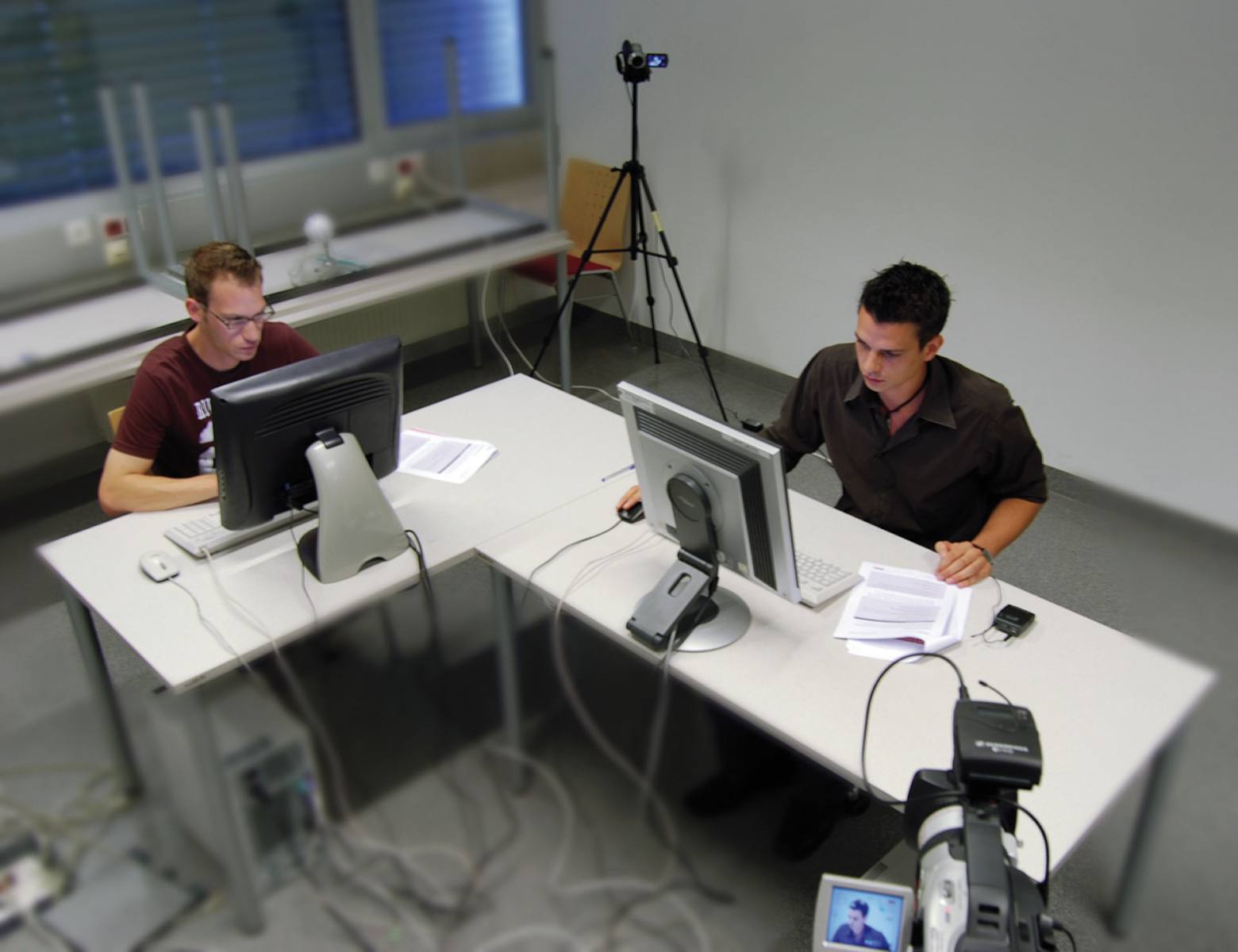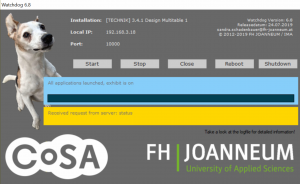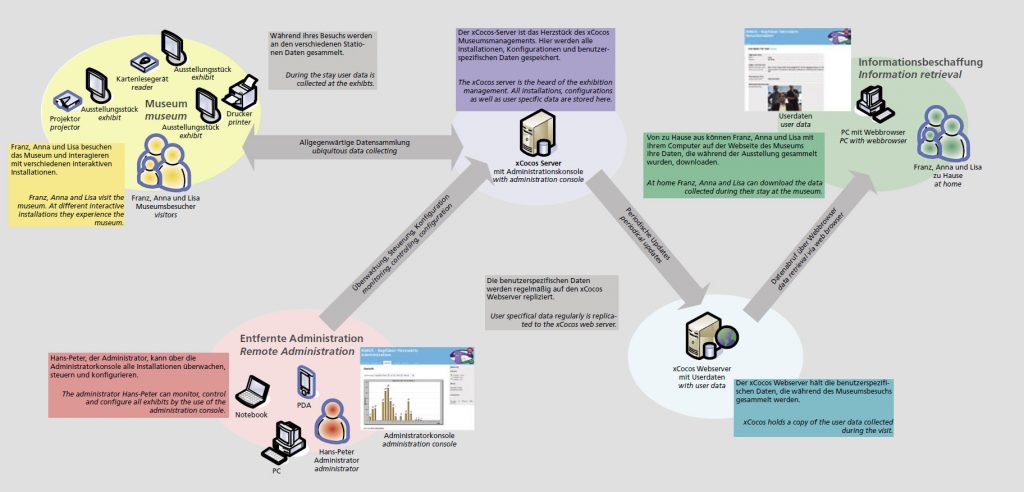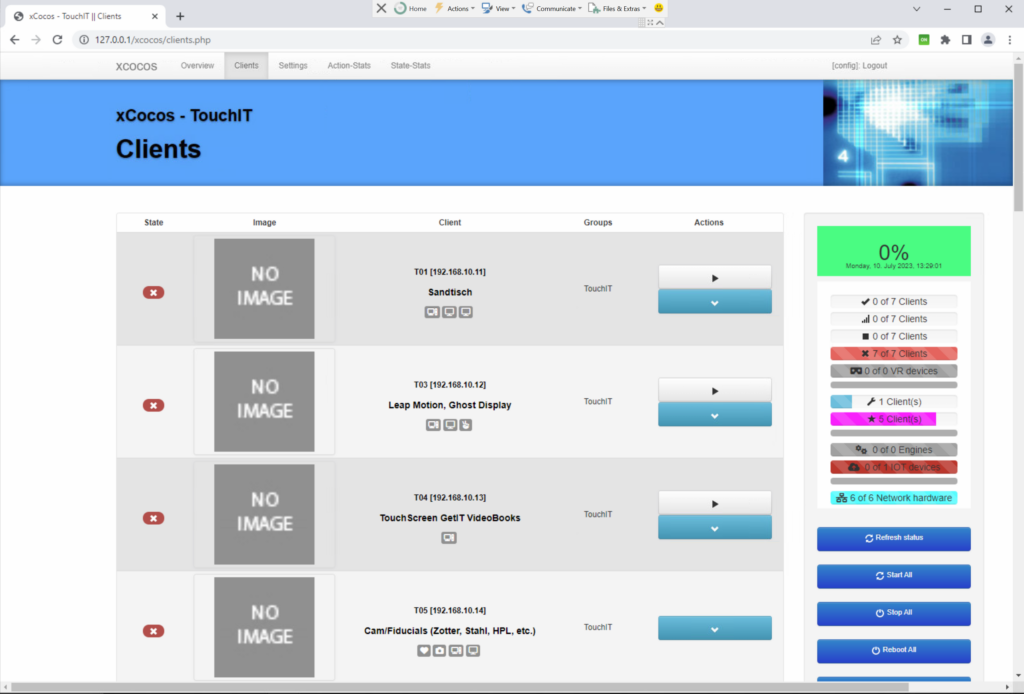Macines are getting more and more complex – whether it is about TVs, computers, mobile phones, cars or microwave ovens. The interface between human and machine should allow us a problem free interaction with the devices. The serviceability of a human-device-interface is called usability.
We investigate with different methods the usability of hardware and software, to create a good ease of operation. Users should be able to realize the function of buttons of a remote control and how to find information on a web site. The standard ISO 9241 describes the ergonomic of human-system-interaction.
Since many years, we advise public and private companies and create usability studies, for example to analyze websites in different contexts. We use different qualitative and quantitative techniques to gather and evaluate data. Tests with users are always an important part of an usability study.




